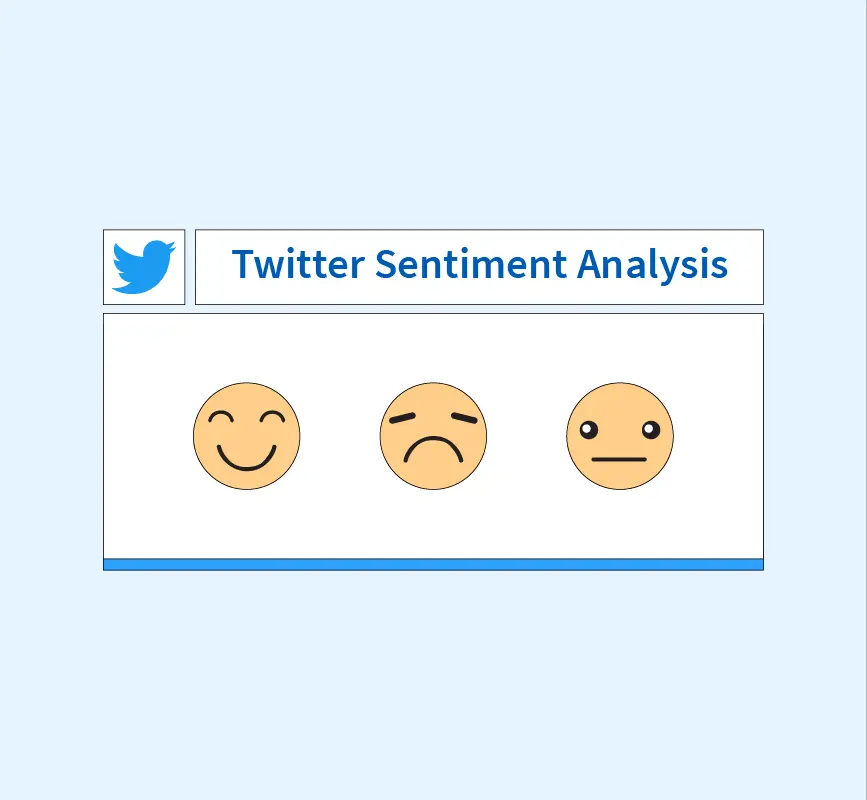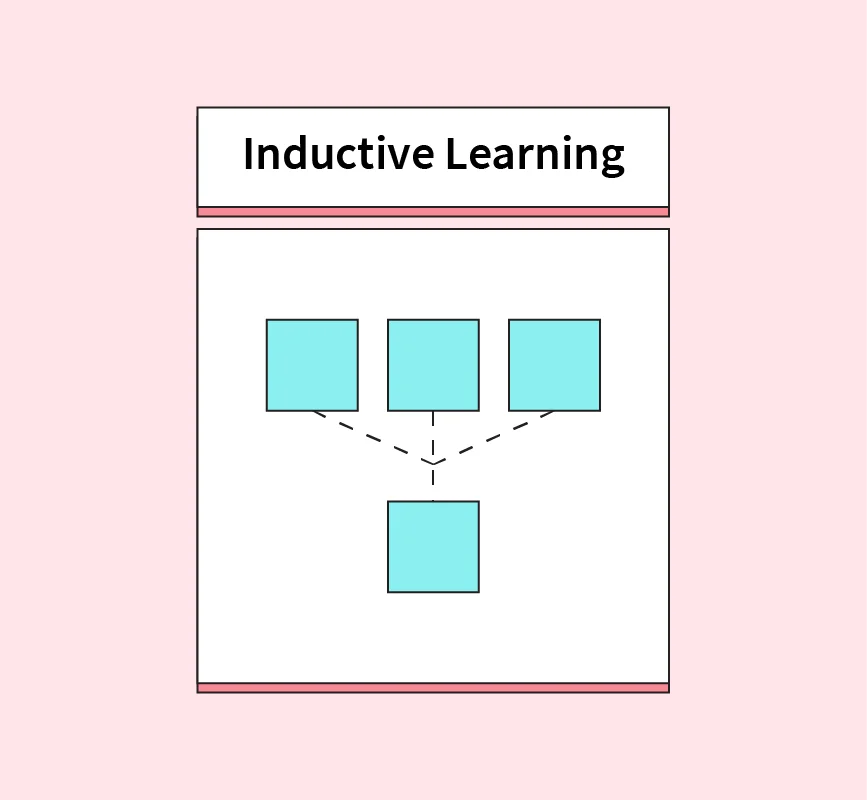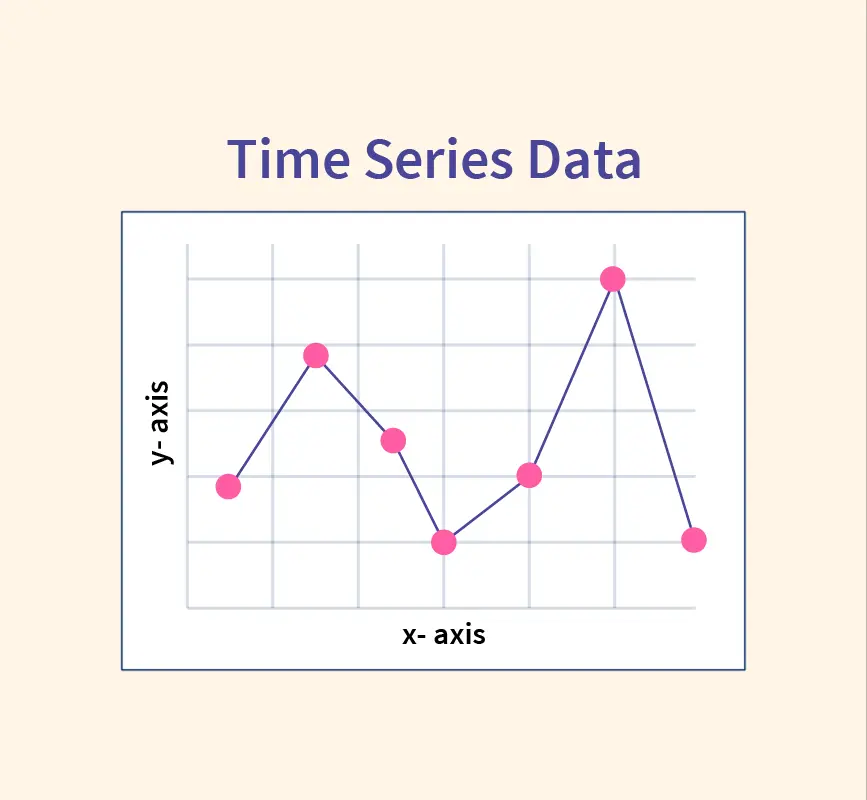The data analytics landscape has undergone a rapid transformation, becoming a crucial part of decision-making in almost every industry. From finance to healthcare and retail, businesses are now relying heavily on data analytics to gain insights, optimize processes, and drive growth. As demand for data-driven decision-making increases, the need for skilled data analysts continues to grow.
To meet these demands, this Data Analytics Syllabus for 2025 has been structured to provide students with the essential tools, techniques, and knowledge to thrive in this competitive field. The syllabus is designed to equip learners with the necessary skills, from mastering data analysis tools to understanding the latest trends in data science.
Core Components of a Data Analytics Syllabus
A well-rounded data analytics syllabus introduces students to foundational skills before progressing to more advanced concepts. The core components of a data analytics syllabus typically include subjects such as programming, data manipulation, statistical analysis, and data visualization. Each of these topics is designed to provide learners with a strong understanding of how data analytics works in practice. Additionally, students will get hands-on experience using industry-standard tools like Python, SQL, Tableau, and Power BI, ensuring they are well-prepared for real-world applications.
These core components ensure that students gain a broad understanding of data analytics, making them adept at using various tools and techniques that are essential for extracting meaningful insights from data.
Data Analytics Syllabus: Key Modules and Courses
1. Business Analytics Using Excel
Excel remains one of the most widely used tools in the data analytics industry. While it may not have the advanced capabilities of more modern tools, Excel is an essential starting point for anyone entering the field. It is widely used for data manipulation, visualization, and simple statistical analysis.
- Key Educational Outcomes: Mastery of Excel’s core functions, data visualization techniques, and business analytics capabilities.
- Course Outline:
- Excel Functions: Understanding advanced Excel functions like VLOOKUP, INDEX MATCH, and IF Statements.
- Data Visualization: Learning to create charts, graphs, and pivot tables for effective data presentation.
- Macros and Automation: Introduction to automating tasks using Excel macros.
- Case Study: Analyzing a company’s sales data to identify trends and create business insights using Excel.
By the end of this module, students will have a thorough understanding of how to use Excel for business analytics and will be able to apply these skills in real-world situations. Excel remains an invaluable tool for quick and efficient data analysis, particularly for small to mid-sized datasets.
2. SQL Fundamentals
Structured Query Language (SQL) is an essential tool for querying and managing databases. It is the primary language used for interacting with relational databases, which are commonly used in data analytics. This module introduces students to the fundamentals of SQL, covering everything from writing basic queries to managing large datasets.
- Key Learning Outcomes: Proficiency in writing SQL queries, joining tables, and managing relational databases.
- Course Structure:
- SQL Basics: Learning to write simple queries for data extraction and manipulation.
- Joins and Subqueries: Understanding how to join multiple tables and use subqueries to extract meaningful insights.
- Aggregations and Grouping: Using functions like SUM, AVG, and COUNT to summarize large datasets.
- Real-Life Project: Working with a large dataset to perform advanced queries and generate reports for a business scenario.
SQL is an indispensable skill for data analysts, as it allows them to work with large-scale datasets stored in databases and extract the necessary information for analysis.
3. Programming and Data Analytics with Python
Python has emerged as one of the most popular programming languages for data analytics due to its simplicity, versatility, and extensive library support. This module introduces students to Python programming, focusing on data manipulation, analysis, and visualization.
- Key Educational Goals: Developing proficiency in Python for data analysis using libraries like NumPy, Pandas, Matplotlib, and Seaborn.
- Course Modules:
- Python Basics: Covering Python syntax, data types, loops, and functions.
- Data Manipulation with Pandas: Learning to clean and manipulate datasets using Pandas.
- Visualization with Matplotlib: Creating graphs and plots using Python’s Matplotlib library to visualize data trends.
- Hands-On Project: Analyzing a company’s customer data to identify patterns and trends using Python.
Python has become the go-to language for data analytics because of its powerful libraries that make complex data analysis tasks easier. In this module, students will learn to harness Python’s capabilities for everything from cleaning datasets to creating advanced visualizations.
4. Data Science with R Programming
R is another key programming language in the data analytics domain, particularly for statistical computing and data visualization. It is widely used in industries like healthcare, finance, and research for performing complex statistical analyses.
- Key Learning Outcomes: Mastery of R for data cleaning, statistical analysis, and creating advanced visualizations.
- Course Framework:
- Introduction to R: Learning R’s syntax and core data structures.
- Data Transformation: Using dplyr and tidyr for cleaning and transforming datasets.
- Statistical Modeling: Performing regression analysis, hypothesis testing, and building statistical models in R.
- Final Project: Building a statistical model to forecast sales for a business using R.
This module prepares students for roles that require deep statistical knowledge and the ability to create data-driven models for business insights.
5. Tableau for Data Visualization
Tableau is one of the most widely used data visualization tools in the industry. It enables data analysts to create interactive dashboards and visualizations that help businesses make informed decisions based on data.
- Key Learning Goals: Proficiency in using Tableau to create dynamic and interactive data visualizations.
- Program Outline:
- Tableau Basics: Learning to import and connect data to Tableau.
- Creating Visualizations: Building dashboards, bar charts, line graphs, and other visualizations.
- Storytelling with Data: Using Tableau’s storytelling feature to present data insights in an interactive format.
- Case Study: Building a business dashboard to visualize sales, profits, and KPIs.
Tableau’s ability to create interactive and visually appealing dashboards makes it an essential tool for data analysts looking to communicate insights effectively.
6. Power BI Training
Power BI is another key tool in data visualization, offering advanced features for real-time data analysis and reporting. This module focuses on teaching students how to use Power BI to create insightful visualizations and interactive reports.
- Key Educational Outcomes: Developing expertise in using Power BI for business intelligence and real-time reporting.
- Course Curriculum:
- Power BI Basics: Introduction to Power BI’s interface and functionalities.
- Data Modeling: Learning how to model data with DAX and manage relationships between different data sources.
- Building Interactive Reports: Creating interactive reports with slicers, filters, and custom visualizations.
- Real-World Scenario: Creating a Power BI report for a retail company to analyze performance metrics.
Power BI’s robust data modeling and real-time reporting capabilities make it a vital tool for data analysts working in dynamic environments where quick decision-making is essential.
7. Capstone Project: Data Analyst
The capstone project allows students to apply the knowledge and skills they’ve gained throughout the course in a practical, real-world scenario. Students will be tasked with solving a complex business problem using the tools and techniques learned during the program.
- Key Learning Objectives:
- Utilizing SQL, Python, R, Tableau, and Power BI to analyze a real-world dataset.
- Presenting findings through comprehensive reports and dashboards.
- Developing actionable insights and business recommendations based on the analysis.
The capstone project is a crucial part of the course, allowing students to demonstrate their ability to apply data analytics in real-world scenarios. It also serves as a valuable portfolio piece when seeking employment as a data analyst.
Tools and Technologies Covered in the Data Analytics Syllabus
The tools and technologies covered in the data analytics syllabus include:
- Microsoft Excel: A fundamental tool for data manipulation and analysis.
- SQL: A critical language for querying and managing relational databases.
- Python: Widely used for data analysis, machine learning, and automation.
- R Programming: Primarily used for statistical analysis and data visualization.
- Tableau: A leading tool for creating interactive data visualizations and dashboards.
- Power BI: A powerful platform for data visualization and real-time business reporting.
Together, these tools provide students with a comprehensive toolkit for performing data analysis, creating visualizations, and generating actionable business insights.
How to Get Started as a Data Analyst?
Becoming a data analyst requires a mix of education, practical experience, and continuous learning. For beginners, pursuing certifications in tools like Excel, SQL, and Python is a good first step. Online learning platforms such as Coursera, edX, and Udacity offer excellent data analytics courses for beginners and professionals alike.
Gaining practical experience through internships or freelance projects is also essential. Working on real-world problems not only enhances skills but also provides valuable insights into how businesses use data analytics to drive decisions. Building a portfolio of completed projects and certifications will strengthen one’s job prospects and provide a competitive edge when applying for data analyst roles.
Conclusion
The Data Analytics Syllabus for 2025 offers a structured approach to mastering the key skills needed to excel in the field of data analytics. Covering everything from data manipulation and statistical analysis to programming and data visualization, this syllabus provides a holistic learning experience. As data analytics continues to grow in importance across industries, professionals with expertise in this area will find themselves in high demand. By mastering the tools and techniques outlined in this syllabus, aspiring data analysts can unlock exciting career opportunities and contribute to data-driven innovation in their organizations.
References:


